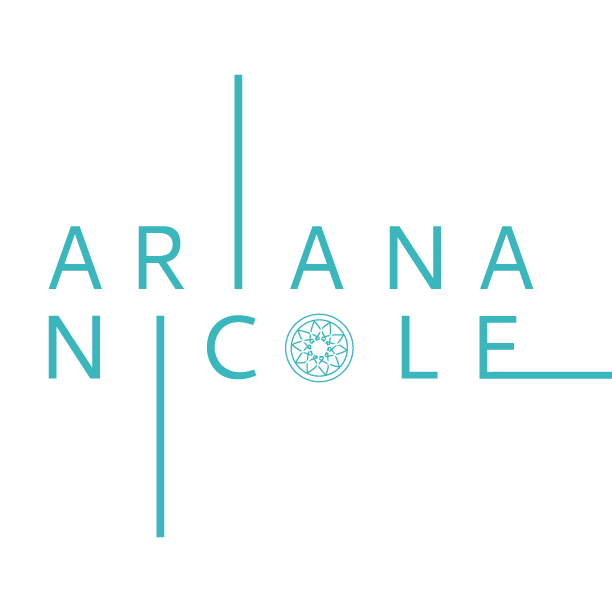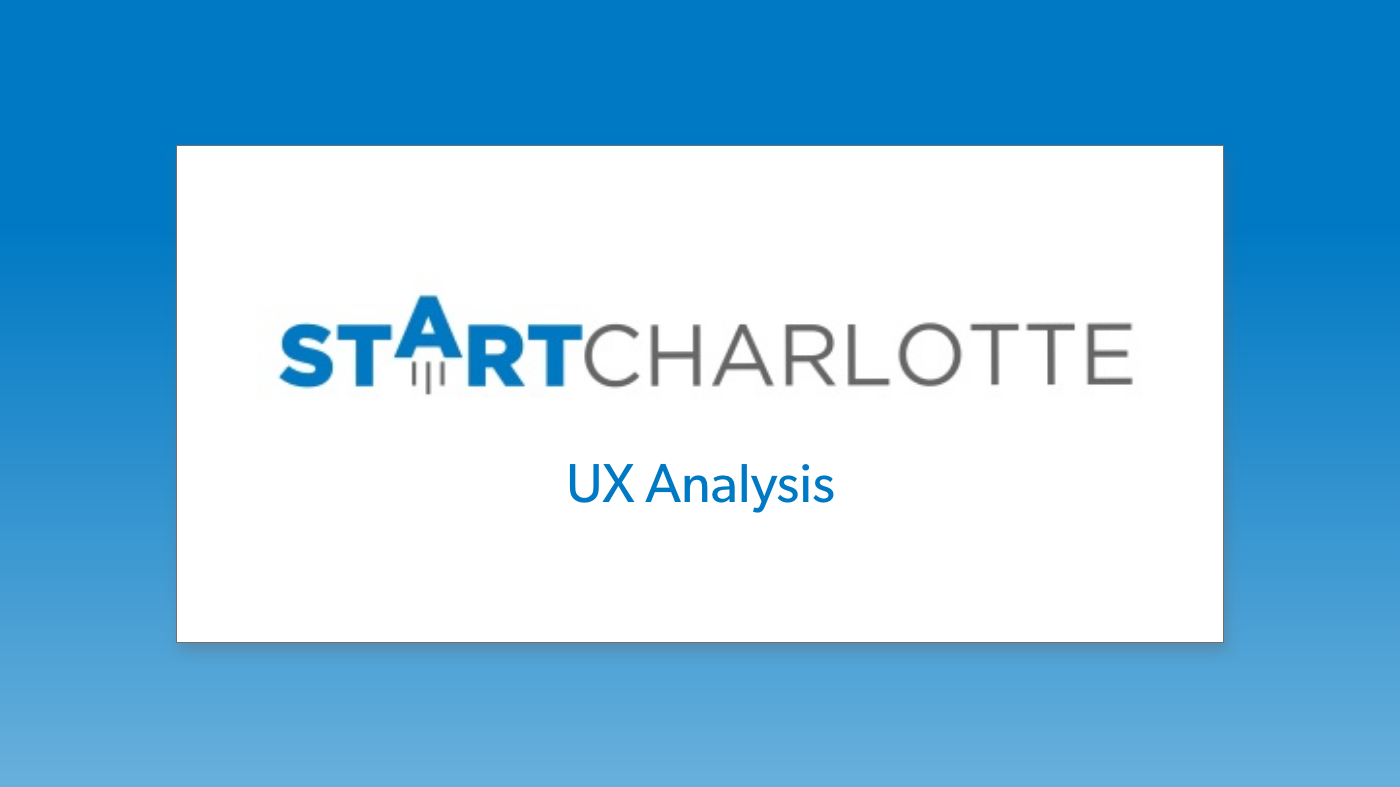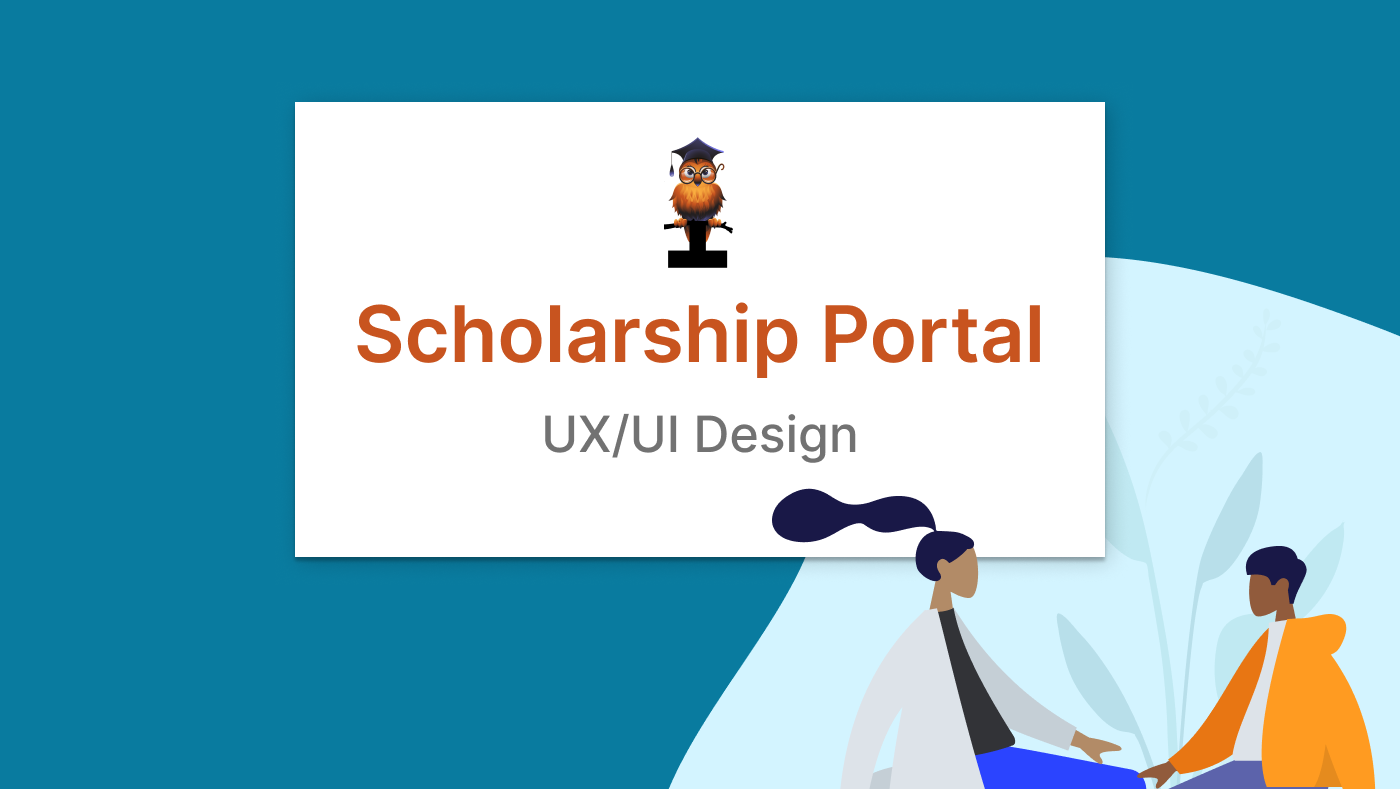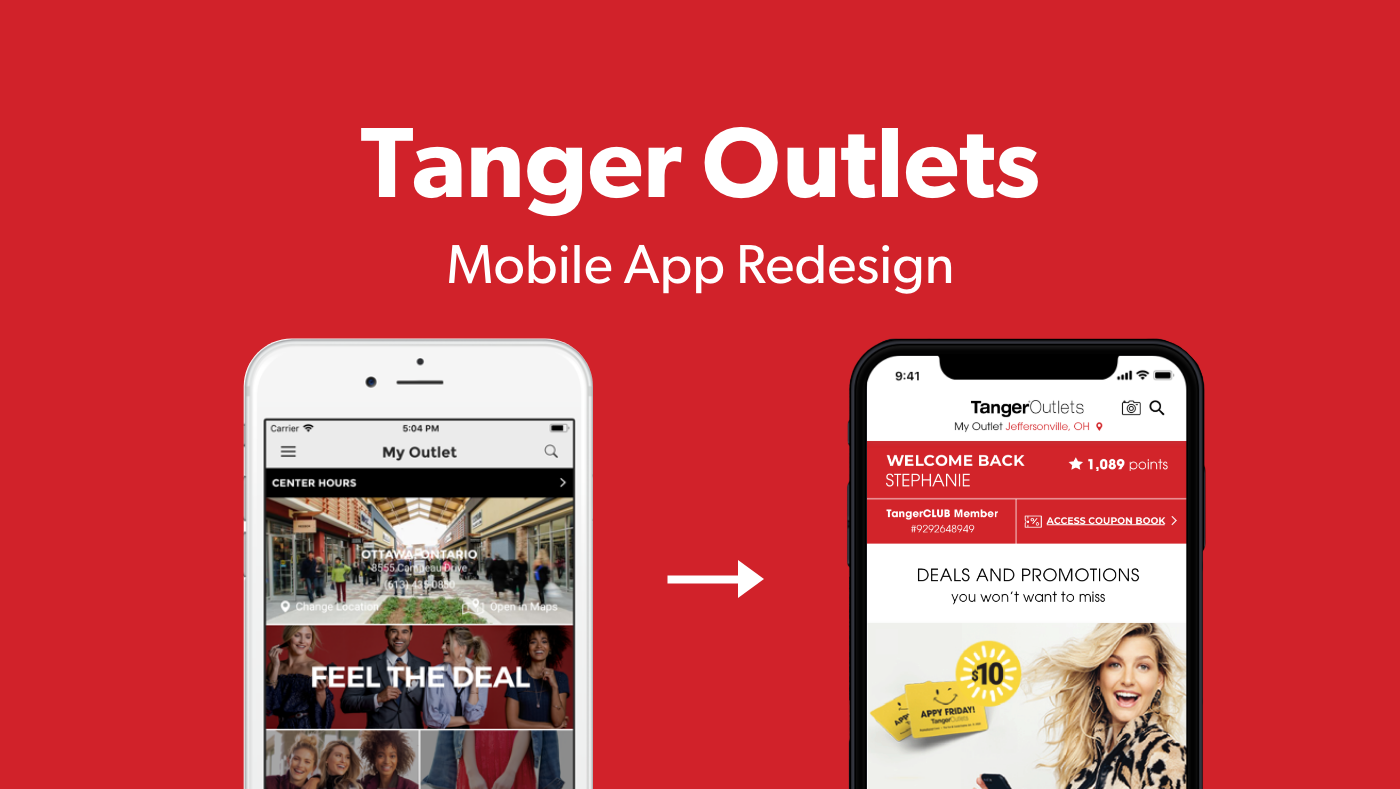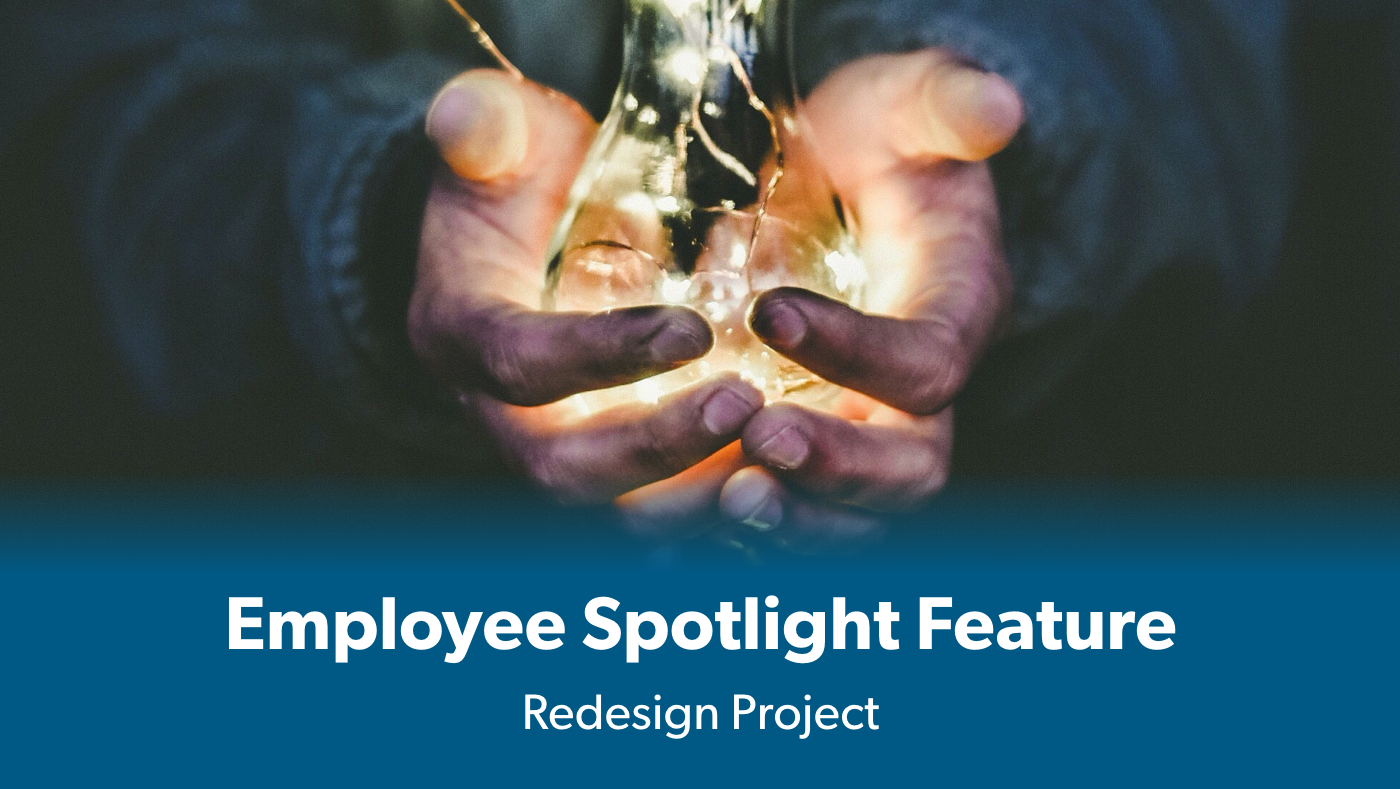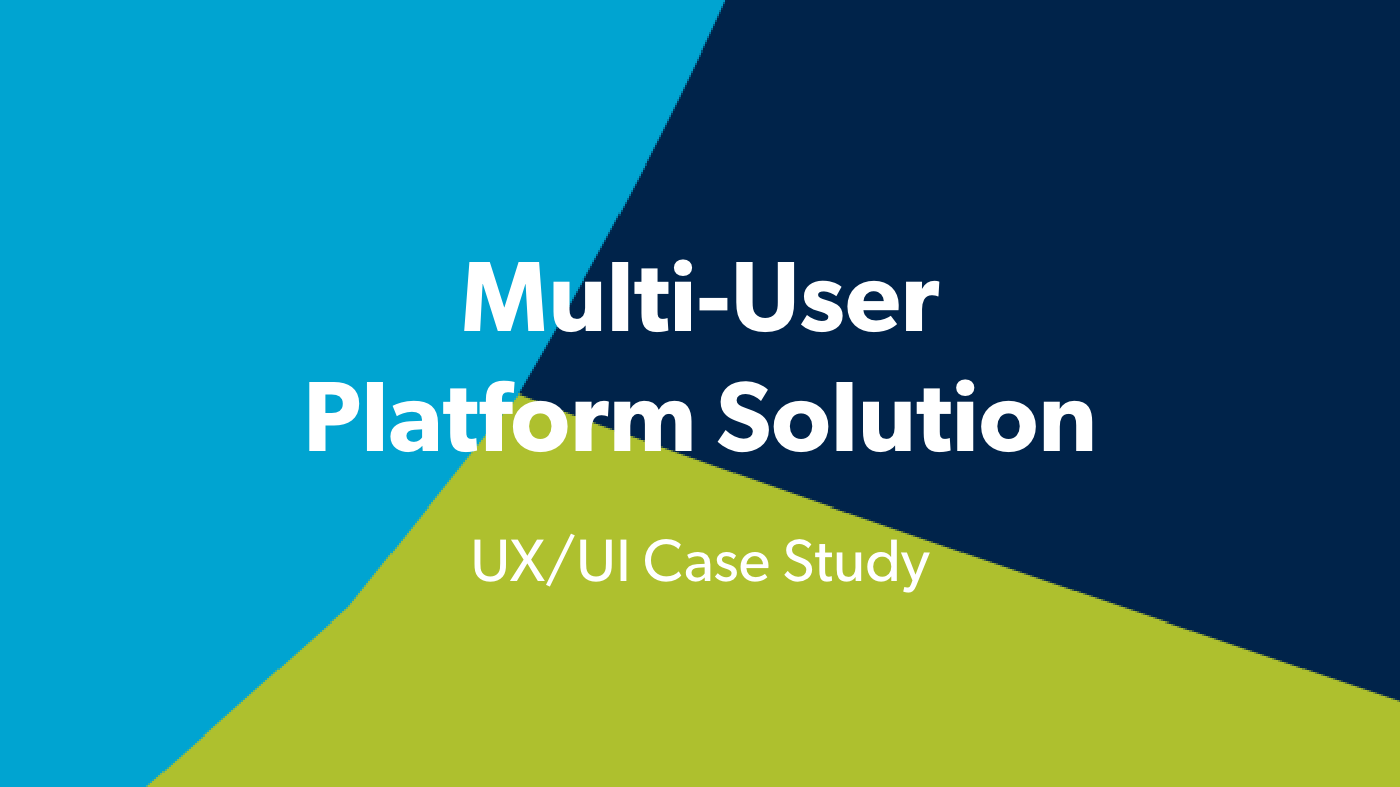Background
A children’s hospital needed to improve workflow processes for its staff. They partnered with Insight to build a solution that would:
• Enhance communication and collaboration across teams.
• Accommodate distinct workflow needs for multiple user groups.
• Reduce the number of logins required to access dispersed workflow tools.
• Improve access to vital patient information.
• Function as a hub for updates on program initiatives and access to training materials.
• Accommodate distinct workflow needs for multiple user groups.
• Reduce the number of logins required to access dispersed workflow tools.
• Improve access to vital patient information.
• Function as a hub for updates on program initiatives and access to training materials.
Insight had previously created a portal for a sister hospital which the client found impressive, and felt a similar solution would be best. To ensure that a web portal would truly solve the client’s unique pain points, we teamed up with the client to conduct a UX Discovery and establish a roadmap for creating the solution.
Project Details
Timeline: 4 weeks | My Role: UX Lead
This children’s hospital was fairly young with limited experience working with UX methodologies and product development. Since we were developing a new product from scratch, it was important that we thoroughly understood the problem, ensuring the desired solution would be the right fit. Our goal during Discovery was to gain a better understanding of the business goals, identify target user groups, and define feature requirements for the Minimum Viable Product (MVP).
As the lead designer on the project, I was responsible for:
Workshop Facilitation. Leading workshops to align stakeholders on project vision and expected outcomes. Facilitating UX workshops to debrief and collaborate with the product team on Discovery findings.
Stakeholder and User Interviews + Surveys. Conducting group and individual interviews with stakeholders and users.
Research Synthesis. Synthesizing the data from Discovery research into high-level findings and UX recommendations.
User Personas. Identifying and defining personas for multiple user groups.
Workshop Facilitation
To kick off the project, I led a Solution Vision workshop with my team and stakeholders to get a better understanding of the project goals. I created a Mural board for everyone to collaborate on and guided the team through a series of brainstorming activities. During this workshop, we also defined success metrics for the project and identified challenges to watch out for. At the end of this workshop, I summarized everyone’s input into a Solution Vision statement that served as a guide for future decisions on features, requirements, and design.
Stakeholder and User Interviews + Surveys
After clarifying project expectations, I scheduled a Stakeholder Alignment workshop to hear each stakeholder’s vision. It was important that everyone who had a say in the project was aligned on what the outcome should be. Facilitating one workshop as opposed to scheduling individual interview sessions, allowed me to make the most of our limited time. Prior to the session, I asked stakeholders to complete a questionnaire to help manage the risk of insinuating bias or groupthink and also make sure that everyone’s responses would be heard. The team and I populated the Mural board with their answers ahead of time and discussed them as a group during the workshop.
This session also provided guidance on what type of questions would be important to ask our users. Since we didn’t have real users yet, I spoke with potential users of our solution, carefully selecting participants from each level of our target user groups: Organization level, Practice level (Manager and Staff), Provider level, and Internal Operations. Hospital workers are busy people, so for users who didn’t have time for an interview, I created 5-minute surveys to give participants the flexibility to respond whenever their schedule allowed.
Research Synthesis
All the data that came out of the research activities was transferred into Mural. I led an Affinity Mapping workshop with my team to organize our notes into high-level themes. Then I grouped similar themes together to create general findings, and eventually, summaries of what we learned during Discovery and what we heard most from users.
User Personas
Lastly, to bring all of our Discovery efforts together, I created user personas for each user group. These personas highlighted users' tasks and needs as well as identified goals and pain points with their existing workflow.
Project Challenges and Lessons
• Time. Time was a significant challenge on this project. Not only were there limitations in the amount of time we had for the project overall, but we also struggled to find enough time to meet with stakeholders and talk with users from each user group. By pivoting to use other UX methodologies, such as conducting a single group stakeholder interview and using surveys to collect input from busy users, we were still able to get the answers that we needed.
• No Real Users. Creating a product that doesn’t yet exist and not having actual users presented challenges. This is why the goal of Discovery was so heavily focused on identifying all target user groups and digging deeper into the pain points that they experience.
• Building the Right Thing. Spending time and money building a solution that no one would use was a top concern for stakeholders. Because the client already had the web portal solution in mind, it was important that we didn’t get stuck on one solution idea without exploring all possibilities. Starting the project with a Discovery phase first helped reaffirm that a web portal was the appropriate solution.
• Remote Research Experience. A takeaway I gained from this project was more experience conducting UX research with remote participants. Tools like Mural and Microsoft Forms came in handy when collecting insight from users and it challenged me to be very selective and deliberate with the type of questions I chose to ask.
